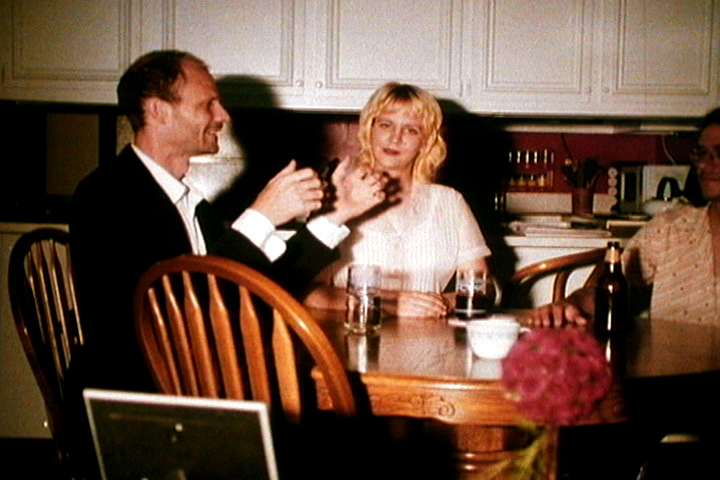
Catalog (2005) by Stephanie Barber
Thursday, October 24, 2024, 7:30 pm
Stephanie Barber: You Light Up My Life
Stephanie Barber In Person
Presented in association with The Lab
Visit our Facebook Event Page
Admission: $15 General / $12 Cinematheque Members
Event tickets here
Download Program Note
I absolutely think about the audience when writing and scheming a piece of work. I think about what I can do to them. What I can poke or press, and I have epic and heartbreaking imaginings of what they will do to me in turn. This awareness of an actual and yet, not actual audience is, for me, the most profound element of art production and the most precise metaphor for existential terror. (Stephanie Barber interviewed by Joanna Raczynska, 2018; published by INCITE Journal of Experimental Media)
Working now for three decades, prolific filmmaker and language artist Stephanie Barber has developed a vastly intricate body of work—encompassing film, video, performance, poetry and music—of a nearly unprecedented scope and range. Tending toward the miniature, Barber’s disciplined, hermetic and haiku-like work fuses freeform formalism with inventive explorations of language, narrativity and presence, pleasurably perplexing viewer/participants with conundra of creative wordplay and digressive philosophy while probing the porous boundaries between performativity, sincerity, intellect and emotional affect. Barber appears this evening in person to present a career-spanning cumulus of ten works 1997–2023 ranging from ‘90s era optically-printed films to recent poetic video essays and sculptural works including long-unseen classics and recent favorites. (Steve Polta)
for a long time i moved with the awareness of one so alone that such aloneness, the pure spectacular nature of such splendid aloneness, must be accompanied by a viewer. a listener. a reader. when and where this reception would occur has yet to be understood but it became clear that documents must be created. documents of attempts at communication. documents of failed communication. communication, reliant as it is on exchange, is so silent when leaving a body alone. more than silent it is not. not a thing, not a sound, not a sight until seen. heard.
so it is you that makes my art. you with all the sad and so funny jokes. you with all the ludic tragedy of death rushing towards us unmetered. you with soul and mind carved ready. you with words shifty, right and loyal. thank you. (Stephanie Barber)
SCREENING:
little present for my friend columbus the explorer (1999) by Stephanie Barber; 16mm, color, sound, 4 minutes, print from Canyon Cinema
HEALING (2012) by Stephanie Barber; digital video, b&w, sound, 12 minutes, exhibition file from the maker
Another Horizon (2020) by Stephanie Barber; 16mm, color, sound, 9 minutes, print from Canyon Cinema
flower, the boy, the librarian (1997) by Stephanie Barber; 16mm, color, sound, 4 minutes, print from Canyon Cinema
Catalog (2005) by Stephanie Barber; 16mm, color, sound, 11 minutes, print from Canyon Cinema
shipfilm (1998) by Stephanie Barber; 16mm, color, sound, 3 minutes, print from Canyon Cinema
letters, notes (1997) by Stephanie Barber; 16mm, color, sound, 7 minutes, print from Canyon Cinema
3 Peonies (2017) by Stephanie Barber; 16mm, color, sound, 3 minutes, print from Canyon Cinema
The Enlightenment (2023) by Stephanie Barber; 16mm, color, sound, 13 minutes, exhibition file from the maker
Oh My Homeland (2019) by Stephanie Barber; 16mm, color, sound, 4 minutes, print from Canyon Cinema
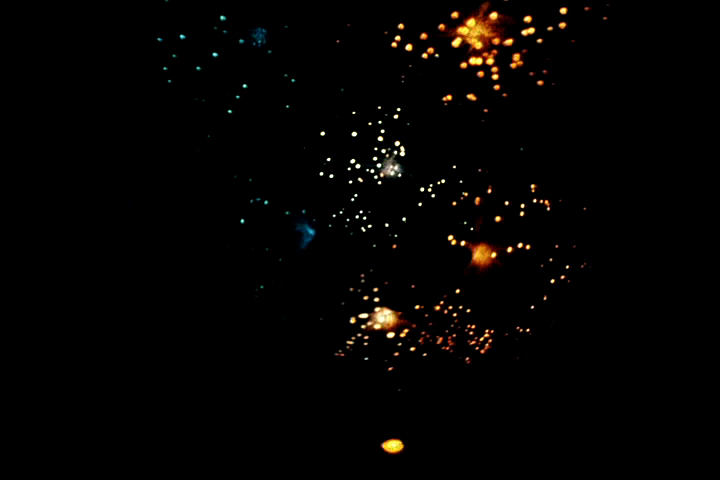
little present for my friend columbus the explorer (1999) by Stephanie Barber
While referencing the explorer Christopher Columbus the film is actually a gift for my friend, the performance artist, Theresa Columbus. The short imagistic film is suggesting, or questioning, ever so gently, the effects exploring has on that which is being explored. Our most well known Columbus, now so often vilified, here stands in for a more psychological and artistic exploration and the fall out that can occur from that sort of expansionism as well. Like many of my films the piece itself works almost separately from the implications and sidelong glances of the title and the way it interacts with the, almost passive, images and often quite dominant soundtracks. (Stephanie Barber)
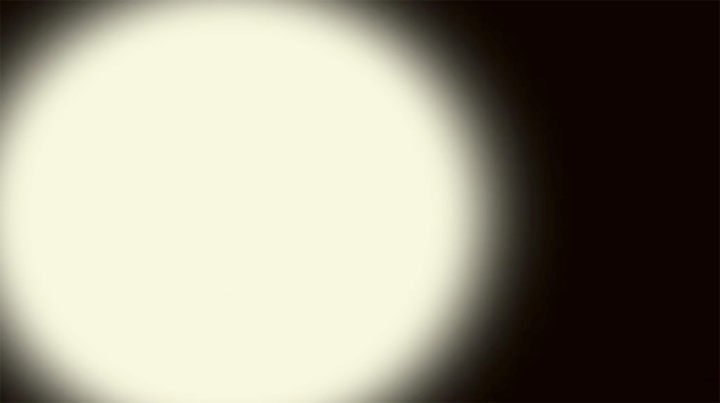
HEALING (2012) by Stephanie Barber
The video hovers tentatively between therapy, documentary, poetics and mystic traipsery and ends, like all good things, in surrender to song. There is a challenge presented (the challenge to engage earnestly with the piece as it requests) to fall into the breathing and pacing presented, and the challenge to view the video as a discrete piece of art at the same time. The piece relies heavily on the text, the disembodied Virgil through which the words become musical, instructive and (due to the absence of image) visual. (Stephanie Barber)
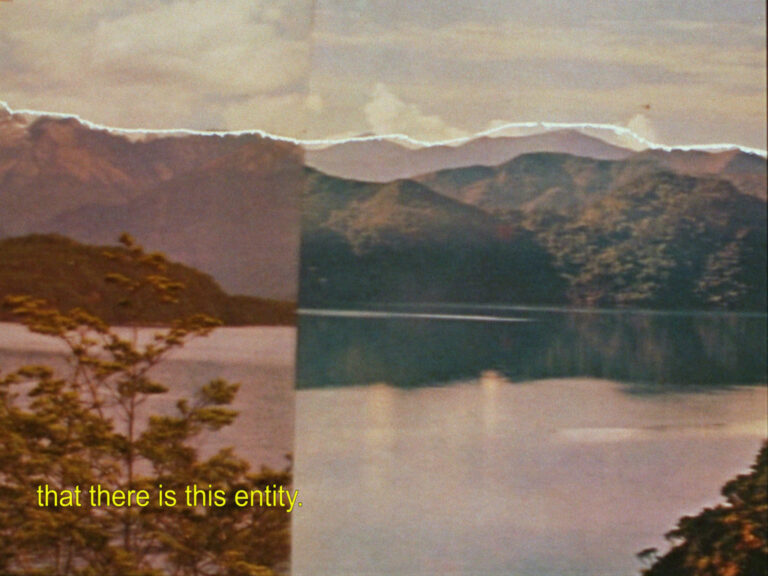
Another Horizon (2020) by Stephanie Barber
The horizon, where the sky and the earth meet, is always elsewhere, a promised place where these two elements come together. A metaphor, an orienting, a promise of transition, change, transcendence. A place where the corporeal and spiritual meet, or are cleaved apart. Another Horizon is an experimental documentary, a meeting of fact and fiction. Jayne Love reads a text I wrote for her––short sentences on the concept of the horizon and the briefest suggestion of narrative collide with pieces of Richard (Oswan) Williams’ beautiful, rum-fueled living room sermons to me. I created the long scrolling collage out of found images. After filming the collage I physically scratched the horizon line out of each frame, further enunciated this space between. I lived, for a few months, in Richard, and his wife Mary’s, apartment, the site of their Voodoo Spiritual Temple in New Orleans. Of course, as priests and priestesses Richard and Mary spoke often of death, transcendence, ethics and health. Our days were slow and filled with philosophical rumination, Richard, a brilliant old man schooling a young wandering wonderer. I recorded most everything on cassette tapes back then and some of those have made it here to the present. To this horizon we’re at now. (Stephanie Barber)
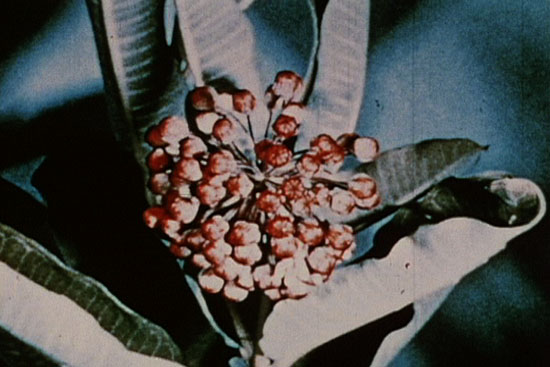
flower, the boy, the librarian (1997) by Stephanie Barber
It’s a love story, with the usual dashing figures and old habits of spelling, repetition and listing. (Stephanie Barber)

Catalog (2005) by Stephanie Barber
Catalog is a composition of stillness-inversion of the spectacle–actors are posed recreating various photographs in surroundings unfrozen. The sound track is a labile and dense tale of spaces, royalty and a photograph more mutable than an image should be. The sound track is read by Gregg Biermann. (Stephanie Barber)
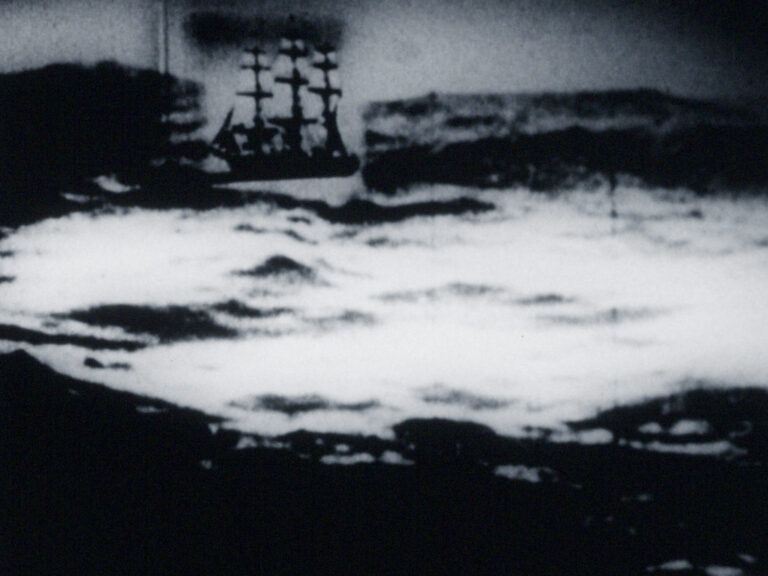
shipfilm (1998) by Stephanie Barber
this is probably the most heartbreaking film i have made, the pacing is romantic and simple, haiku-esque pauses and inclusions, with the words contrasting this poetry with their factual, disinterested narration. and that narration is a simple statement of failure, one which lies, not in any action, but in the pre-thought to that action, the hope or faith one holds in oneself, one’s knowledge or abilities. (Stephanie Barber)
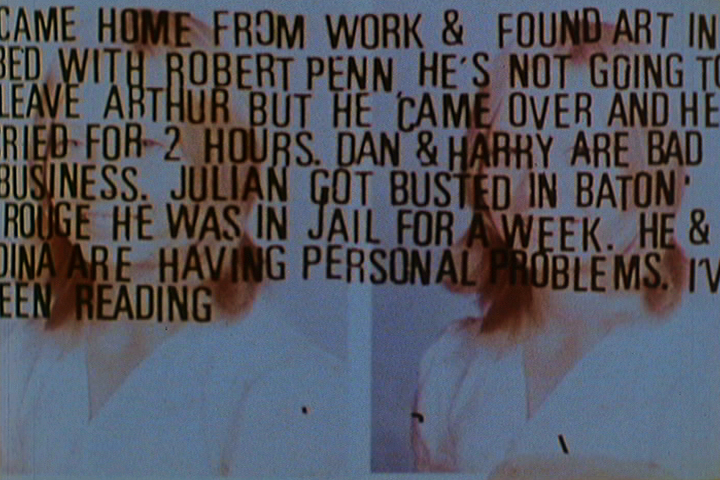
letters, notes (1997) by Stephanie Barber
This film brings together found photographs and letters to create new mini narratives. Death and disease are set blithely beside, and given equal importance as, the sighting of a skunk or love sick scribblings. (Stephanie Barber)
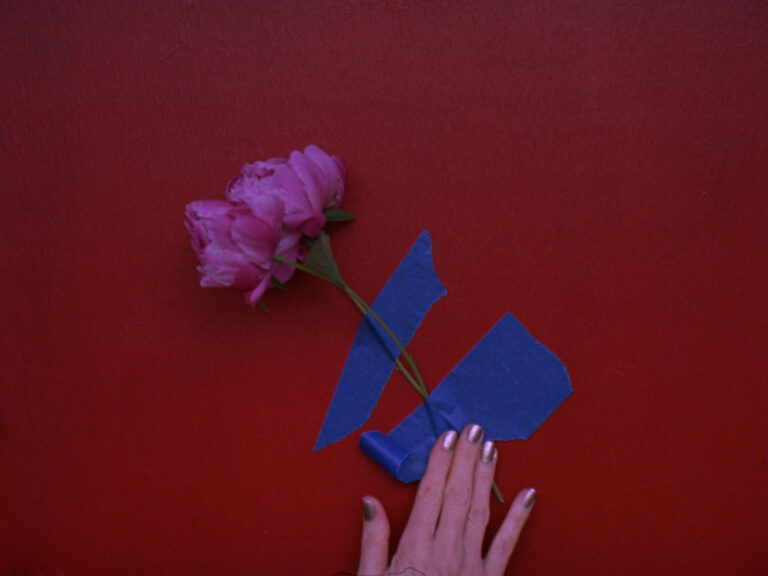
3 Peonies (2017) by Stephanie Barber
3 Peonies is a brief, poetic 16mm film of a simple sculptural action. What becomes apparent is the humor possible in material interactions and the tender and sometimes melodramatic symbolism of cut flowers. The reverence for beauty ends up pointing towards the abstract expressionism and color field painting of high modernism that, in many cases, eschewed the banality of such “natural” beauty. The collaged soundtrack subtly contemplates mental illness and is gently insistent behind the flatness of the utilitarian sounds of ripping tape. (Stephanie Barber)
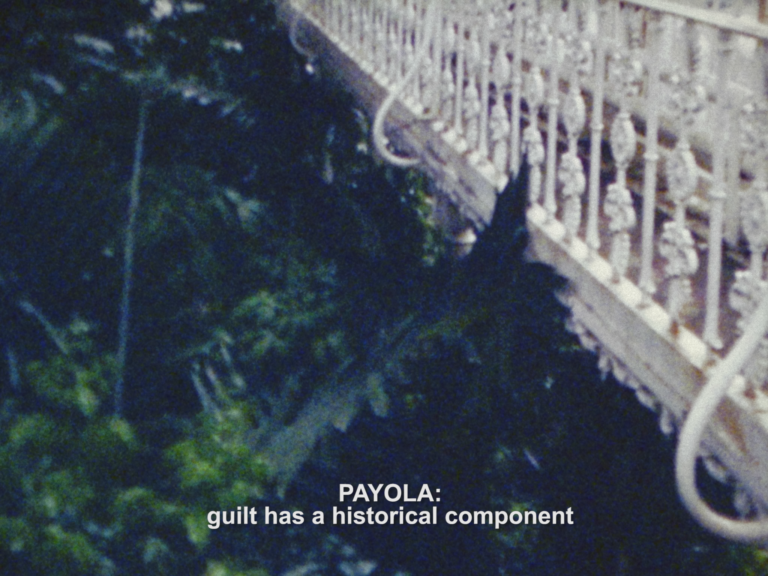
The Enlightenment (2023) by Stephanie Barber
Yon and Payola find themselves in a Victorian conservatory. They are companionable, disoriented and petulant––they whip wildly through these disembodied states. Payola reads an excerpt of their considerable tome on the age of enlightenment to Yon. Payola’s research, and presentation of this research, is a purposeful affront to empirical data, the scientific method and other enlightenment ideals, while reveling in the desire for the revolution and intellectual expansion those thinkers championed. The concepts are undermined by the form and register of their delivery OR the concepts are strengthened by the poetry through which they are presented. (Stephanie Barber)
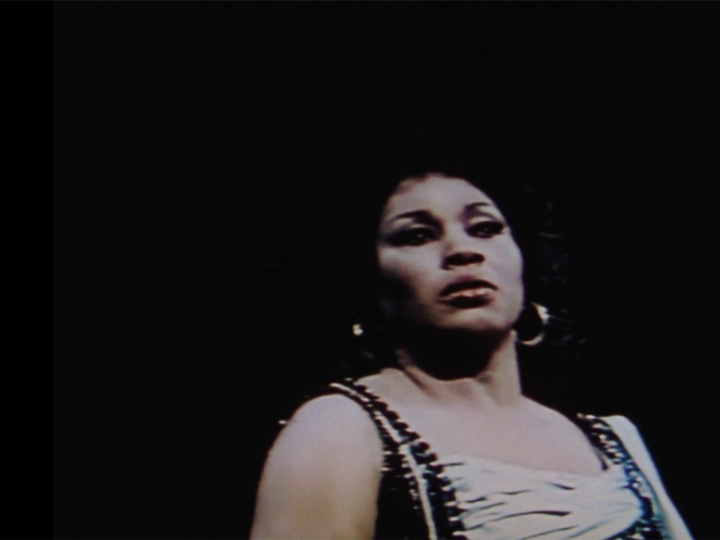
Oh My Homeland (2019) by Stephanie Barber
In 1985, Leontyne Price sang the title role in Verdi’s Aida as her farewell opera. After the O patria mia aria, the audience breaks into a four-minute applause. It’s a film about representation, art and material exchange. A film about endings. A film about identity, love, power, patriotism and the transcendent potential of art through the viewing of a face receiving adoration. A minimal gesture akin to the practice every portrait painter or mother recognizes as ineffably powerful. It explores YouTube as a cultural and social archive. The transformational power of art; the implication of Ms. Price’s race and the context to which she dedicated her life; the staggering political implications of the Verdi aria (a mournful and complicated love letter to Aida’s homeland) in a time in which love of country is hard to muster. (Stephanie Barber)